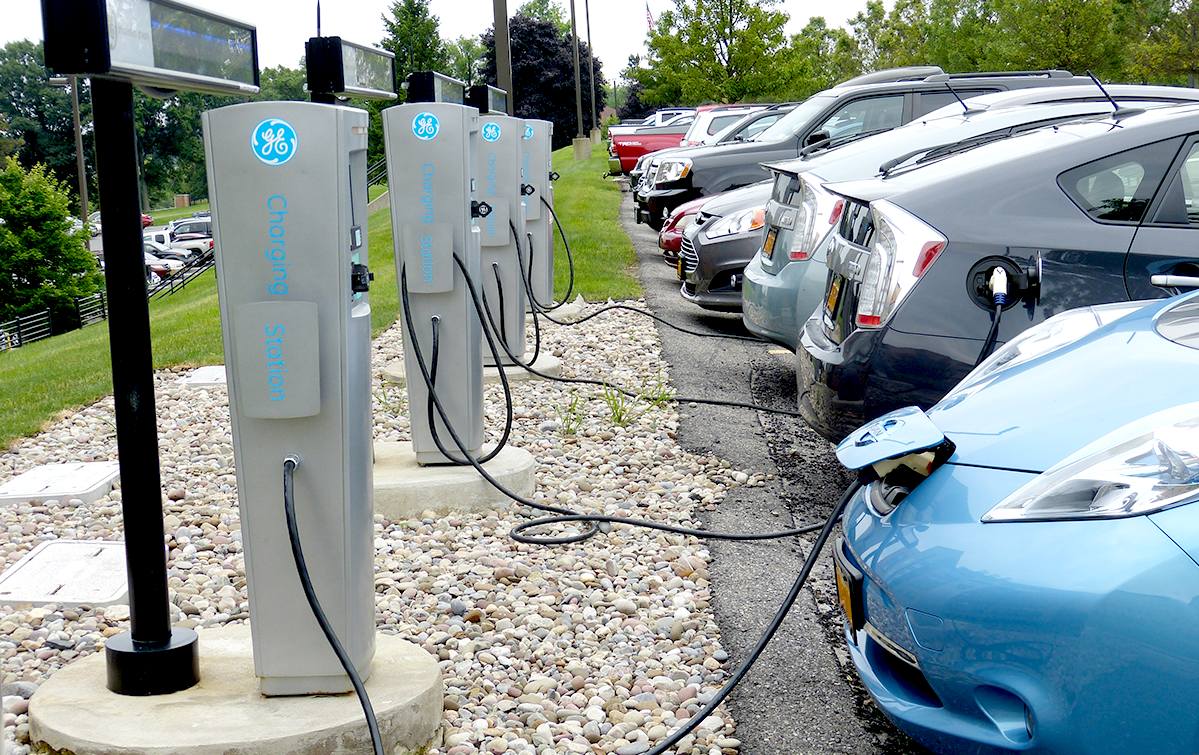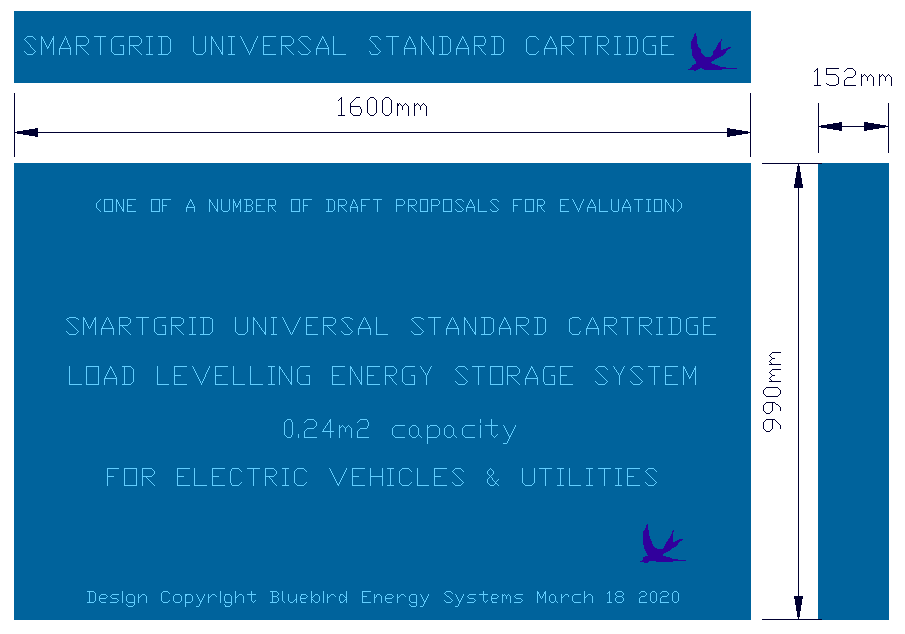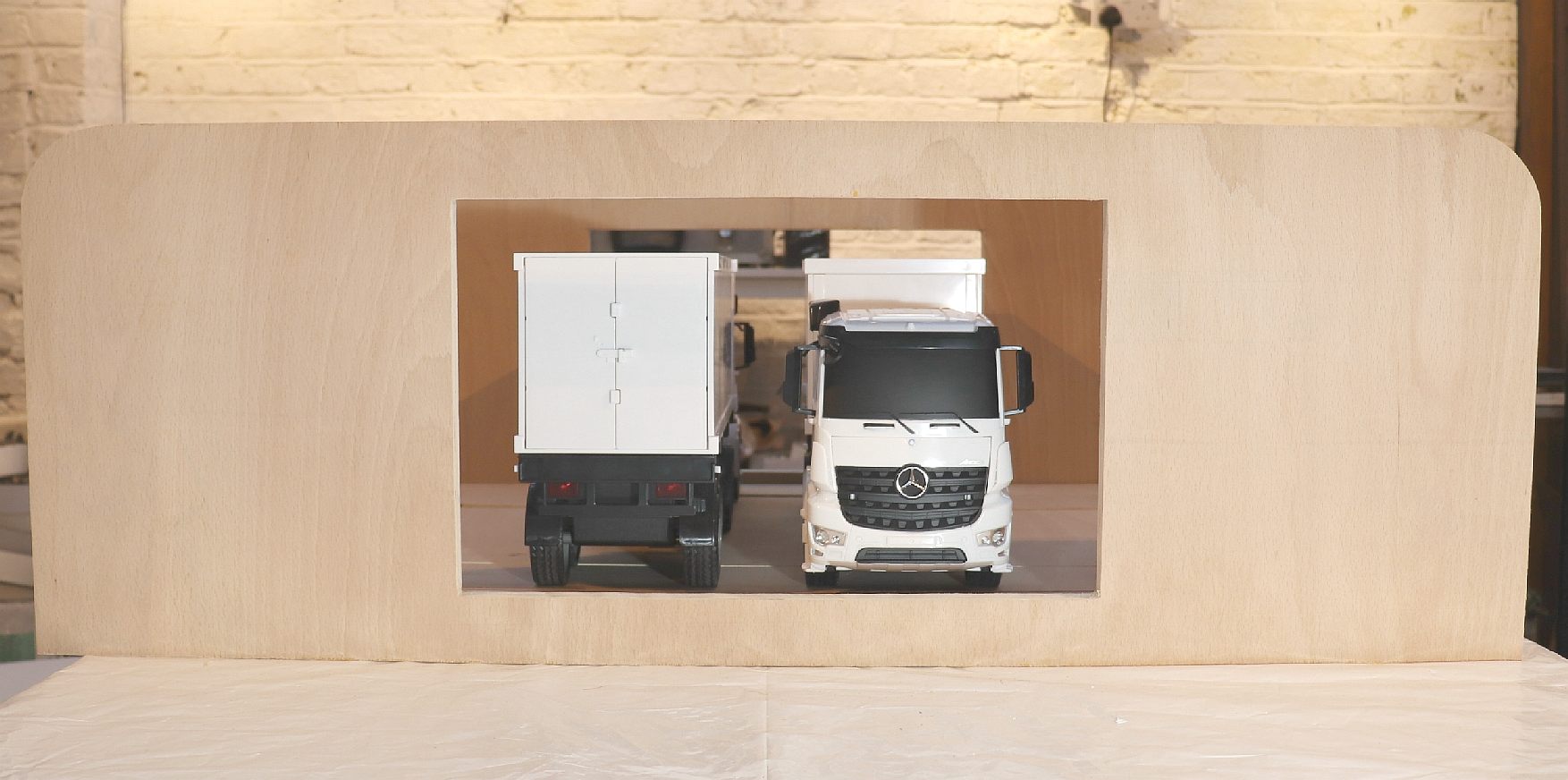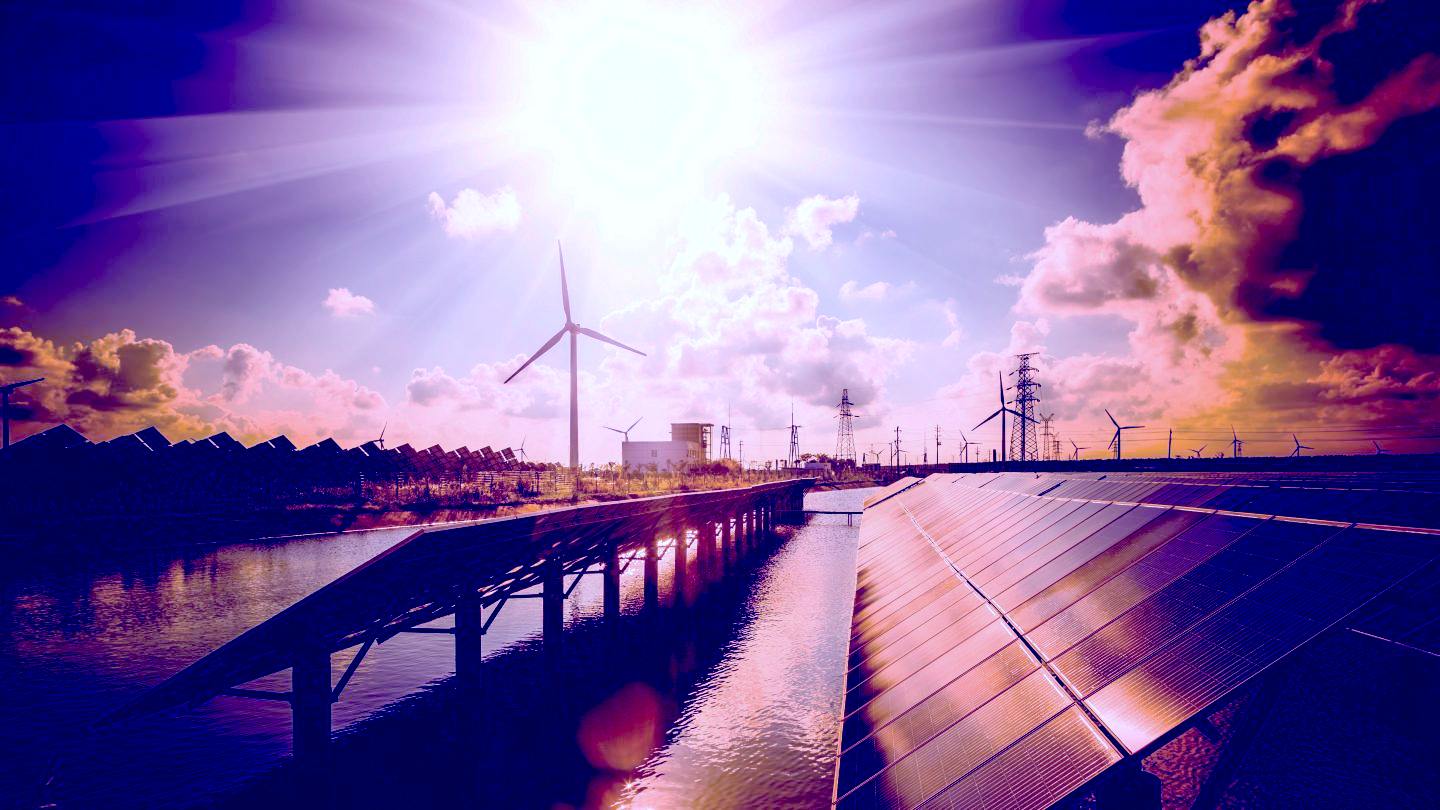|
H2020 FCH-01-3 EV LIQUID HYDROGEN
Please use our A-Z INDEX to navigate this site where page links may lead to other sites or see HOME
BATTERIES - COST - STANDARDIZATION - HOME - HYDROGEN - LOAD LEVELLING - PAYD - RANGE ANXIETY - RECOVERY - SERVICE STATIONS |
|
2021-2022 CLUSTER FIVE CALLS FOR PROPOSALS:
• HORIZON-CL5-2021-D2-01-08: Emerging technologies for a climate neutral Europe
• HORIZON-CL5-2021-D3-01-05: Energy Sector Integration: Integrating and combining energy systems to a cost-optimised and flexible energy system of systems
• HORIZON-CL5-2021-D5-01-01: Nextgen vehicles
• HORIZON-CL5-2021-D5-01-03: System approach to achieve optimised Smart EV Charging and V2G flexibility in mass-deployment conditions (2ZERO)
• HORIZON-CL5-2021-D6-01-06: Framework for better coordination of large-scale demonstration pilots in Europe and EU-wide knowledge base (CCAM Partnership)
• HORIZON-CL5-2021-D6-01-08: New delivery methods and business/operating models to green the last mile and optimise road transport
• HORIZON-CL5-2022-D2-01-05: Next generation technologies for High-performance and safe-by-design battery systems for transport and mobile applications (Batteries Partnership)
• HORIZON-CL5-2022-D2-01-08:
Coordination of large-scale initiative on future battery
• HORIZON-CL5-2022-D2-01-11:
CIVITAS 2030 – Coordination and support for EU
RESPONSE: High interest across Europe for the FCH JU Call 2020
A total of 71 proposals were submitted in response to the FCH JU Call 2020, by the extended deadline of 29 April.
This is the second highest number of proposals received by the FCH JU in the framework of Horizon 2020 programme, corresponding to an increase of 65% when compared with last year’s call.
According to a news alert from the FHC dated 30 April 2020, 621 entities (organisations) are participating in the call, covering 26 EU Member States, 6 Associated Countries and 6 other countries.
Proposals’ distribution per topic shows a high and equal interest in the transport and energy pillars (23, and 22 proposals respectively), with the “Overarching“ and “Cross-cutting“ pillars receiving 13 proposals each.
• Transport – 23 proposals
The FCH-JU say that competition will be tight, with over € 315.000.000 funding requested this year, for € 93.000.000 euros available.
The evaluation of the proposals is planned to start in early May 2020, aiming to be finalised by the end of June 2020. Applicants will be informed of the outcome of the evaluations by the end of July 2020.
The Cleaner Ocean Foundation is not one of the applicants, having run into the buffers during consortium building. With thanks to all who responded positively. The Foundation hopes to build on the contacts made to be able to apply for future calls for innovative proposals that hold the potential to provide an infrastructure for zero emission vehicles.
H2020-JTI-FCH-2020-1 :
FCH-01-3-2020 Liquid Hydrogen on-board storage tanks
The range limitation is less critical for fleet trucks with short routes: 350 bar H2 storage seems to be sufficient for municipal vehicles, buses and even parcel delivery trucks. For trucking applications with larger payload and less dense HRS network, for instance regional and long haul, other solutions need to be investigated.
Pressures of 500 to 700 bar indeed offer more volumetric capacity (more than 20 to 45% over 350 bar) but these solutions are costly and bring in hurdles on the infrastructure where large capacities need to be dispensed rapidly, while controlling the inlet temperature and allowing high station demand (“back-to-back”).
SMARTER SERVICING - In a world limbering up for a hydrogen/battery mobility energy mix, but missing hydrogen filling stations from the equation - we also have to plan ahead for self driving (automated EVs) cars and taxis, that will need to be able to refuel without driver assistance - to secure an comprehensive E-Mobility infrastructure. This is where the SmartNet™ services stations outperform other manual systems hands down. The cartridge may be designed to accommodate cars and trucks. The Universal cartridge may be designed to be compatible with hydrogen storage or battery storage. The Cleaner Ocean Foundation is looking for development partners, vehicle OEMs (especially commercial vans/trucks) and TSOs & DSOs who are looking for ways of using renewable energy spikes, and calling on stored energy during peaks.
Scope:
A few configurations will be used as benchmark: rail mounting, behind cab, and within frame. The overall shape of the storage system is important, and advanced storage solutions to optimize the energy density (through e.g. a single vacuum jacket with multiple cylinders) should be investigated.
The mechanical design should meet all requirements typical of the trucking industry in terms of durability, exposure to harsh environments, vibrations, accelerations, safeties. Pressure in the LH2 storage tank should be compatible with the pressure at which the
fuel cell typically operates. Alternatively, mitigation strategies should be proposed.
TRL at start of the project:
4 and TRL at the end of the project:
5.
Expected Impact:
- Volumetric capacity at tank system level: 0.045kg/L28;
-
Gravimetric capacity at tank system level: 10% (H2/(H2+tank system)).
AUTOMOTIVE EV COMPARISON - Where charging up a battery-powered car can take anything from half an hour to a whole night, you can refuel a hydrogen car in just five minutes using flexible hoses. But, you can also refuel a battery car in less time using cartridge exchange. Meaning that hydrogen loses out, if we take into account conversion losses. For this reason hydrogen is unlikely to achieve the same level of market penetration, without a means to work alongside battery vehicles, such that the choice for the buying public is not such a risk, as if putting all your eggs in one basket.
THE SLOW LANE - We all live fast lifestyles. Waiting 30 minutes for rapid charging not only strains the grid, but also damages batteries, and nobody has thirty minutes to waste - best case - worst case 6-8 hours. A truck size battery would take hours to (so-called) rapid charge. It is just not practical. Ignoring for now that there are no charging points along the streets in towns and cities, or at supermarkets.
BATTERY CARTRIDGE FORMAT PROPOSAL - This cartridge format provides 0.24 of a meter cubic capacity. All of these formats can be used in multiples to provide up to 1.92 of a cubic meter capacity. This is one of a number of sizes that we will be evaluating as part of a study we hope to obtain funding for.
MODEL 1:20 - April 6 2020, a model of the service station is under construction, shown here with two Mercedes articulated container trucks inside. We are using plywood for the building and some of the working parts - that cannot be shown due to patent law prohibiting prior publication. The Automated & Electric Vehicle Act 2018, makes it law in England that provision must be made for charging and refuelling of electric vehicles at service stops. This system would more accurately be described as a refuelling point - since the energy exchanges for trucks and cars are virtually instant. The building can be a quarter this size for city locations where space is limited. But for load levelling purposes, the larger the capacity of stored electricity, the more efficient the grid. Copyright photograph © 6 April 2020, Cleaner Ocean Foundation.
FET - FUTURE EMERGING TECHNOLOGIES PATHFINDER (PILOT)
GRAND CHALLENGES - UK
EIC EUROPEAN INNOVATION COUNCIL ACCELERATOR (PILOT)
EIB EUROPEAN INVESTMENT BANK LOCAL ENERGY ASSISTANCE
OUR COLLABORATIVE DEVELOPMENT PLAN:
1. Formulate a 'Standard' for vehicle energy cartridges to accept batteries or hydrogen fuel cells.
2. Design a dual purpose (DP) service station for the Standardized energy cartridges for cars & trucks.
3. Use DP smart stations for load-levelling to store off-peak solar & wind electricity to cater for peaks.
4. Make electric cars cheaper to buy and operate with Pay As You Drive technology future proofing.
TECHNOLOGICAL COMPASS - It is the part of a wise man to keep himself today for tomorrow, and not to venture all his eggs in one basket. SMARTNET allows for change in technology. You don't have to bet on batteries or fuel cells. Include both in a diverse asset portfolio - and watch you egg hatch into a solution.
CONTACTS
Bluebird Energy Systems (SME) PIC No: 895922168
Cleaner Ocean Foundation (Not for Profit) PIC: 915580382
SMARTNET ™ encapsulates several advanced concepts, such that one might lose sight of the features and advantages of what may be described as a comprehensive transport infrastructure system, to complement policies such as the Automated & Electric Vehicles Act 2018. Please therefore use the header and footer links on associated web pages for ease of subject navigation.
LINKS & REFERENCE
https://ec.europa.eu/i
BATTERIES - COST - STANDARDIZATION - HOME - HYDROGEN - LOAD LEVELLING - PAYD - RANGE ANXIETY - RECOVERY - SERVICE STATIONS
Please use our A-Z INDEX to navigate this site
|
|
|
This website is provided on a free basis as a public information service. copyright © Climate Change Trust 2020. Solar Studios, BN271RF, United Kingdom. SmartNet™ and SmartGrid™ are trade names belonging to the CCT.
|









